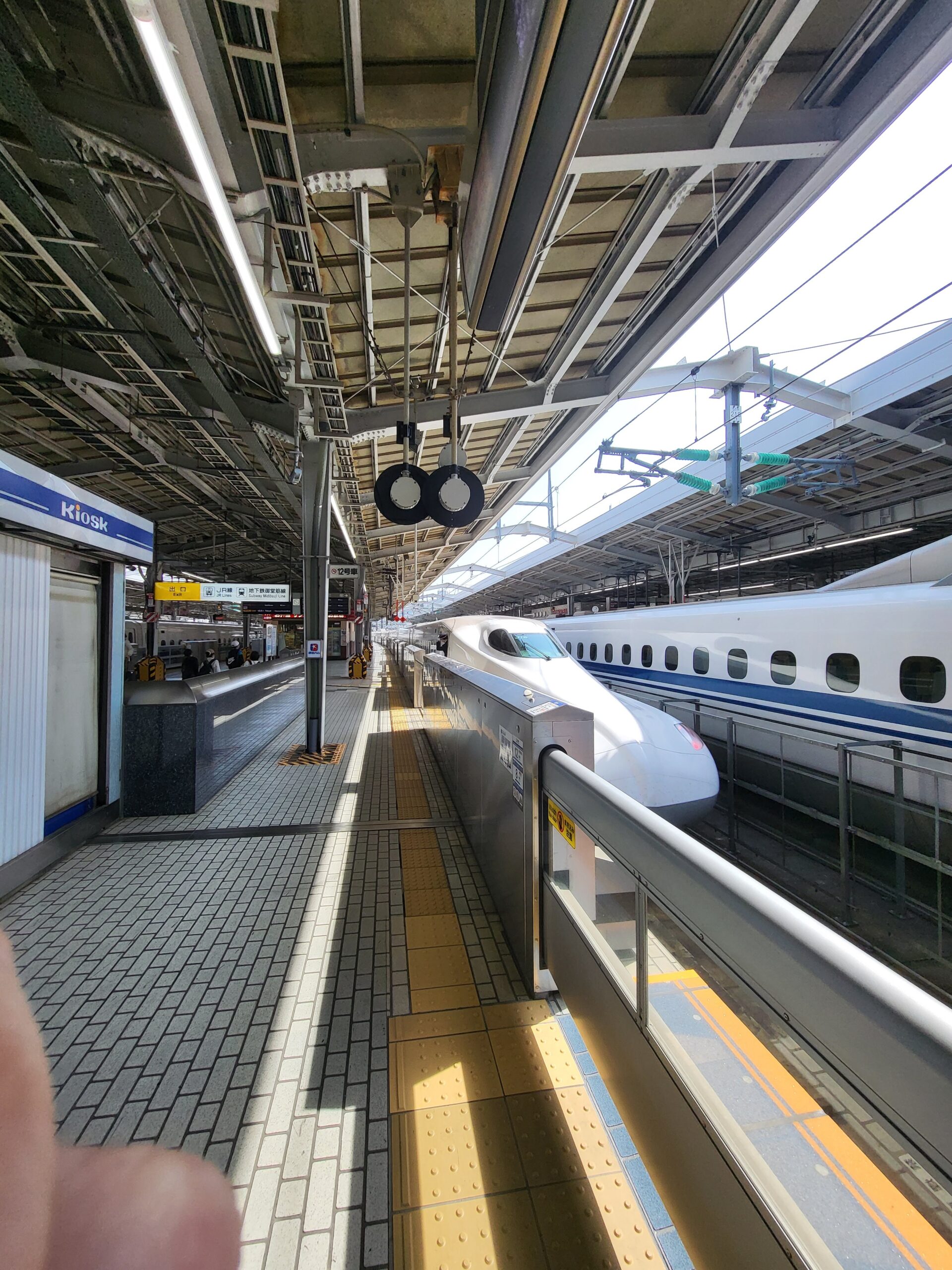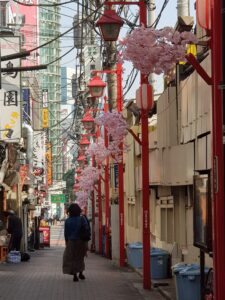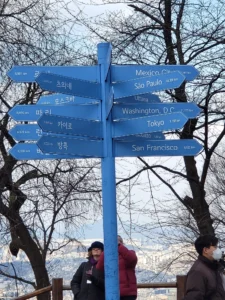What to know about using the Shinkansen
Maximizing Enjoyment: Shinkansen Travel Tips from Tokyo to Osaka
Note: Some of the links in this article are affiliate links. Roam-Wisely is a member of the Amazon Services LLC Associates Program. If you make a purchase using one of these Amazon links, we may receive compensation at no extra cost to you. We only recommend products and services that we truly believe in and that can enhance your travel experience. Read my Disclaimer for more information
Recently we travelled around Japan using the Shinkansen to get between Tokyo and Osaka. From that trip, I have learned some lessons I want to pass on to you so you know what to know about using the Shinkansen.
Shinkansen Ticket Purchase: Convenience, Options, and Timing
When it comes to travelling on the Shinkansen, understanding the ticket purchase process is crucial for a smooth journey. One of the most common questions people have is whether they can buy Shinkansen tickets at the station. The answer is yes. Shinkansen tickets can be purchased at the station from ticket counters or vending machines. This provides you with the flexibility to buy tickets on the spot. This makes it convenient for those who may not have planned their journey in advance.
Purchasing Your Tickets
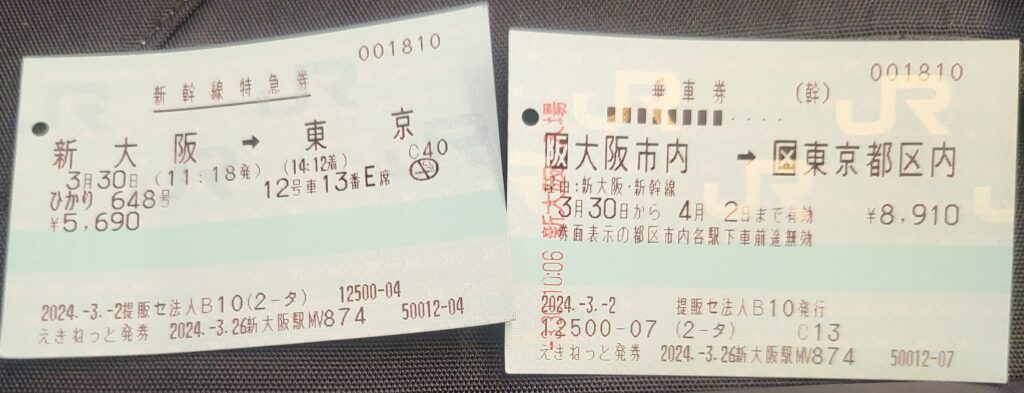
However, it’s important to note that buying Shinkansen tickets ahead of time is highly recommended. Especially during peak travel seasons or for popular routes. This helps avoid the risk of tickets selling out. Ensuring that you can secure their desired seats for your preferred departure times. Various platforms like Klook offer online booking services, allowing you to conveniently plan and purchase tickets from the comfort of your own home or while on the go. You can only buy tickets one month in advance. Klook, though allows the pre-purchase of the tickets so you be assured you have the tickets you need. As shown above, the ticket will show you what time the train is. It will also show the carriage and seat if you purchased a reserved seat.
If you are looking for Shinkansen tickets then click here
Using Your Tickets
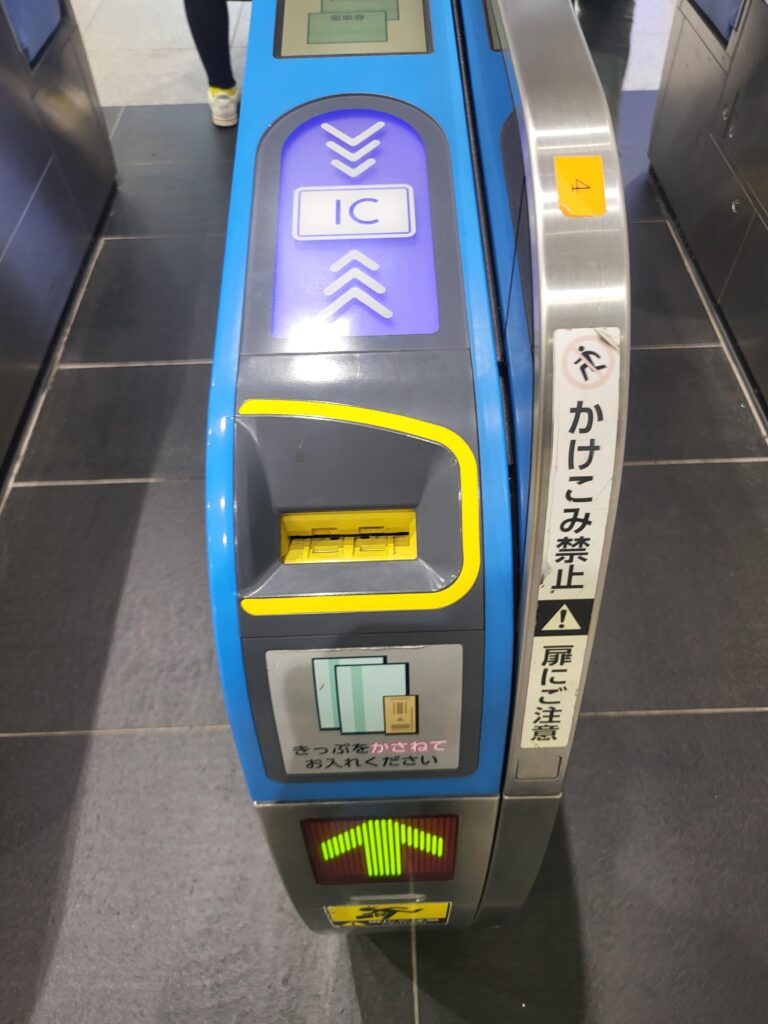
Once tickets are purchased, you must use them at the gate before boarding the train. This involves inserting or scanning the tickets at the designated machines. This ensures you’re entering the correct gate for their train and ticket class. There is a trick to this that is not very clear when you get to the gates. You insert both paper tickets at the same time into the gate. You then will need to tap your IC card like a welcome Suica card. That will then allow you through the gates. Make sure to take your paper tickets from the gate at the far end. You will need to repeat the process at the other end of your trip. This time the gates will keep your paper tickets.
Overall, understanding the ticket purchase process for the Shinkansen is essential for a hassle-free travel experience. Making sure you know what to know about the Shinkansen and how to navigate ticketing options effectively.
Seat Reservation on the Shinkansen: Benefits and Considerations
When planning a journey on the Shinkansen, many people wonder about the necessity of reserving seats. The answer depends on personal preference and the time of travel. While it’s not mandatory to reserve seats on the Shinkansen, doing so is highly recommended, especially during peak travel seasons or for long-distance journeys. Seat reservations offer peace of mind, ensuring travellers have a guaranteed seat for their desired departure time and route. This is particularly beneficial for those travelling in groups or with specific seating preferences.
However, for those who prefer flexibility or have last-minute travel plans, using the Shinkansen without a reservation is indeed possible. Unreserved cars are available on most Shinkansen trains, offering seats on a first-come, first-served basis. Usually, these are the first 5 cars on the train. While this option allows for spontaneity and freedom in travel, it’s important to note that unreserved cars can fill up quickly, especially during busy periods. As a result, travellers opting for unreserved seating may need to be prepared for potential overcrowding or the possibility of standing during the journey.
Ultimately, whether to reserve seats on the Shinkansen depends on individual preferences, travel plans, and the level of comfort desired during the journey. While reservations offer convenience and peace of mind. Travelling without a reservation provides flexibility for those with uncertain itineraries or a preference for spontaneity. Whichever option you choose, the Shinkansen promises a fast, efficient, and comfortable way to explore Japan’s cities and countryside, which is an essential part of what to know about the Shinkansen.
Pre-Boarding Preparation: Tips for a Smooth Shinkansen Experience
People often wonder how early they should arrive at the station before their scheduled departure. While there’s no strict rule, it’s generally recommended to arrive at least 15 to 30 minutes before the train’s departure time to allow sufficient time for ticket purchase, finding the right platform and boarding. I would recommend though, if you can possibly do so, to pick up your tickets in the days before your trip as the ticket office and kiosk can be busy. We also found that they changed the platform our train was to leave from so pay attention to any last-minute changes.
As for what you need to ride the Shinkansen, the essentials include a valid ticket or pass and any necessary identification if required. Tickets can be purchased at the station or online in advance, and passengers must present them at the gate before boarding the train. Additionally, travellers should familiarize themselves with the station layout and platform information to ensure a smooth boarding process.
Optimizing Seating Arrangements: Etiquette and Comfort on the Shinkansen
Once aboard the Shinkansen, passengers often wonder about seating arrangements. While the seating is generally assigned based on the ticket purchased, there are some unreserved seating options available on most trains, usually in the first few carriages. However, it’s essential to respect assigned seating if applicable and to be mindful of other passengers’ comfort during the journey. We saw several people have to move seats as they had taken the wrong ones initially.
Food and Luggage Guidelines: What to Bring and How to Store on the Shinkansen
Another common question is whether passengers can bring their own food on the Shinkansen. The answer is yes. People are welcome to bring their own snacks and beverages on board to enjoy during the journey. However, it’s important to be considerate of other passengers and to avoid strong-smelling or messy foods out of respect for fellow travellers. Each seat has a pulldown tray that can used while eating, similar to what you have on airplanes.
When it comes to luggage, there are designated storage areas available on the Shinkansen. Overhead racks and storage spaces at the end of each car provide ample room for luggage of various sizes. It’s recommended to keep luggage secure and out of the aisles to ensure a safe and comfortable journey for all passengers. Additionally, avoid using the oversized luggage space at the back of the carriage unless you have purchased the extra ticket, which is part of what to know about the Shinkansen.
What to know about using the Shinkansen: Final Thoughts
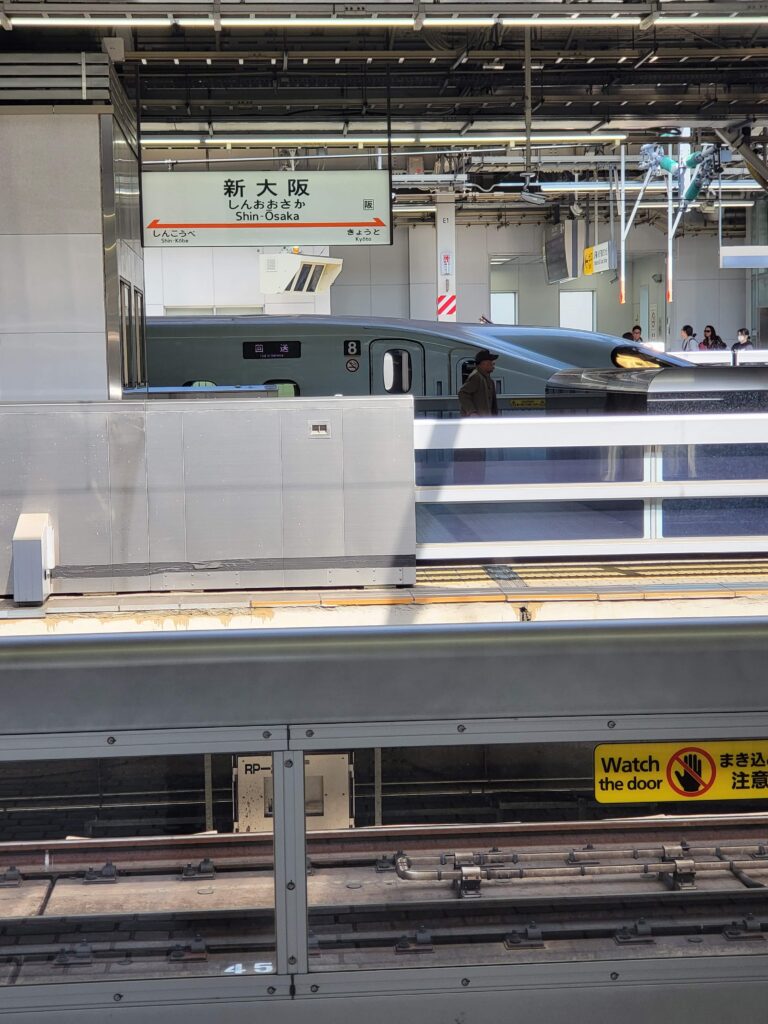
In summary, when travelling on the Shinkansen, it’s advisable to arrive at the station with sufficient time before departure, ensure you have the necessary tickets and identification, respect assigned seating, feel free to bring your own food and utilize designated storage areas for luggage to ensure a pleasant journey for yourself and fellow passengers. Understanding these aspects of Shinkansen travel can help ensure a smooth and enjoyable experience, allowing you to make the most of your journey through Japan, knowing what to know about the Shinkansen.
Make sure if you are on the Tokyo to Osaka Shinkansen to watch out for Mt Fuji if the weather is good.
If you want to know more about public transport in Japan click here
If you want to know more about activities to do while in Japan then click here
FAQ’s
Can I use my mobile phone on the Shinkansen?
Yes, you can use your mobile phone on the Shinkansen. However, it’s recommended to set it to silent mode or use headphones for calls out of consideration for other passengers. Also, be mindful of your surroundings and avoid loud conversations, especially in quiet cars.
Are there accessible facilities for passengers with disabilities on the Shinkansen?
Yes, the Shinkansen provides accessible facilities for passengers with disabilities. These include wheelchair-accessible restrooms, priority seating areas, and assistance services at stations. Passengers requiring assistance are encouraged to inform station staff or train attendants in advance to ensure a smooth and comfortable journey.
Is there Wi-Fi available on the Shinkansen?
Yes, some Shinkansen trains offer Wi-Fi services for passengers. However, availability may vary depending on the train model and route. Additionally, there may be limitations on usage or speed, so it’s advisable to check with the train operator or refer to onboard announcements for more information.
Can I bring pets on board the Shinkansen?
Small pets in carriers are generally allowed on the Shinkansen, but policies may vary depending on the train operator and route. It’s recommended to check with the specific operator beforehand to ensure compliance with their pet transportation policies. Additionally, larger pets may require special arrangements or separate tickets for travel.
What should I do if I lose my belongings on the Shinkansen?
If you lose your belongings on the Shinkansen, immediately inform the train staff or station personnel. They will assist you in reporting the lost items and provide guidance on the necessary steps to take to recover them. It’s essential to provide detailed information about the lost items, including the train number, seat number (if applicable), and any distinctive features to help with the search process.

